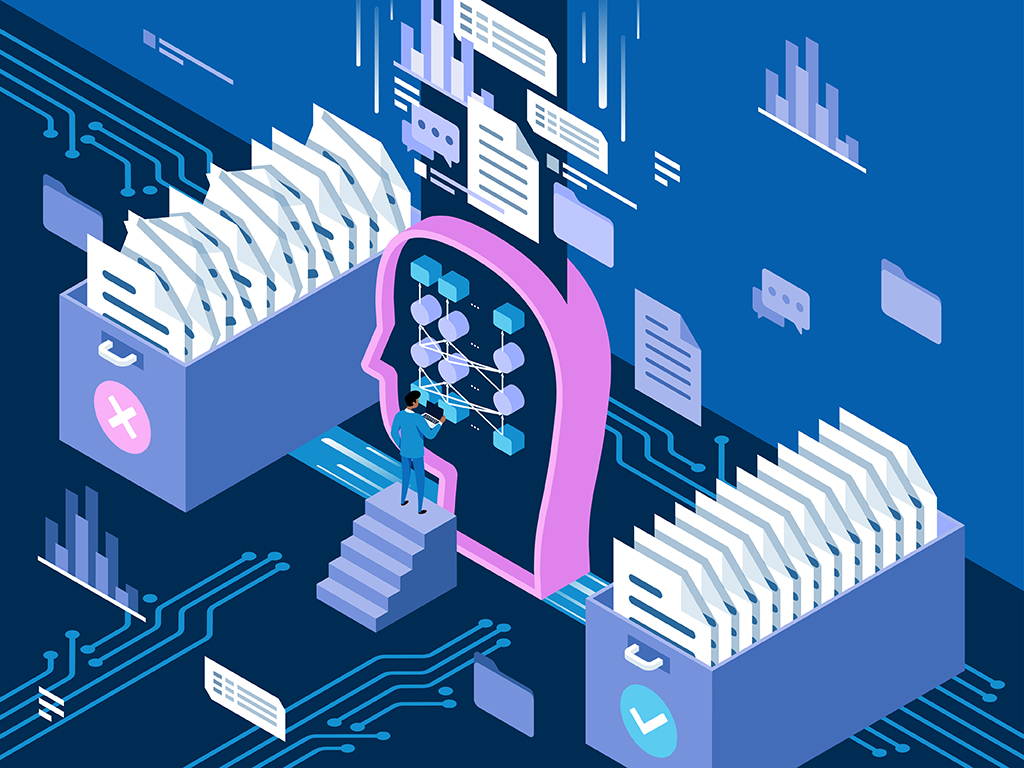Strangers in a strange land: Can ‘reinforcement learning’ teach robots to operate on their own in the real world?

graphicwithart/shutterstock.com
An engineer at Texas A&M University is investigating how reinforcement learning can be successfully integrated into more aspects of daily life by examining three primary elements – the robustness, safety and adaptivity of the algorithms.
Reinforcement learning is a class of machine learning that addresses the problem of learning to control systems in an unknown and evolving environment. It has been considered as the enabling technology to a future with autonomous robots and self-driving cars. However, apart from the supervised learning applications that are a part of everyday life, successful reinforcement learning tools, though they exist, are less common.
The successes within reinforcement learning are limited to very structured or simulated settings, such as simple games or simple robotic tasks. Current algorithms struggle to achieve desired outcomes when applied to real-world settings. This is known as the simulation-to-reality gap, and it is one of the most significant challenges currently preventing researchers from successfully deploying reinforcement learning algorithm-enabled robots or systems in everyday life.
“It’s very important that algorithms, in general, should have a robustness and safety guarantee,” Dr. Dileep Kalathil, assistant professor in the Department of Electrical and Computer Engineering at Texas A&M University. “And it’s even more important in reinforcement learning because these algorithms deal with real-world engineering systems, such as cars, power systems and communication networks.”
Kalathil is studying multiple aspects of reinforcement learning, providing a complete picture of the gaps in this area and the space to address them innovatively. Hence, he is focusing on robust reinforcement learning, safe reinforcement learning and meta-reinforcement learning.
The goal of robust reinforcement learning is to learn a policy that is robust against uncertainty, meaning that the algorithm can cope no matter what unforeseen events happen in a model or real-world environment. The reinforcement learning algorithms focus on developing control policies that maintain the necessary safety constraints of the real-world systems, such as maintaining voltage variations in the power systems.

